Japanese Numbers 100 - 900
Unlike numbers 20 to 99, the number 100 has no relation to any previous single digit number. This is a number you’ll just have to memorize. Luckily for numbers 200 to 900, they look a lot like the numbers 2 - 9.
100 - hyaku (ひゃく)
200 - nihyaku (にひゃく)
300 - sanbyaku (さんびゃく)
400 - yonhyaku (よんひゃく)
500 - gohyaku (ごひゃく)
600 - roppyaku (ごっぴゃく)
700 - nanahyaku (ななひゃく)
800 - happyaku (はっぴゃく)
900 - kyuuhyaku (きゅうひゃく)
There are a couple of numbers in particular that I want you to pay attention to. The number for 300 is pronounced as sanbyaku (さんびゃく). Notice how most of the numbers have ended in hyaku (ひゃく). The change in pronunciation is slight, so make sure you pronounce 300 with a “b” instead of an “h”.
Another slight pronunciation change is the number for 600 and 800. Both 600 and 800 deviate from the hyaku (ひゃく) ending. Instead of an “h” sound they end in an “p” sound. It’s hard to pronounce the number for six and one hundred and it’s also hard to pronounce the number for 8 and one hundred. Try it yourself rokuhayku (ろくひゃく), hachihyaku (はちひゃく). As a result, a part of 600 and 800 become chopped off and a consonant more conducive to pronunciation is added. One other thing I want to stress is that 600 and 800 have a slight pause when pronounced. 600 is going to be pronounced as rop - pyaku and 800 is pronounced as hap - pyaku. The hyphen indicates where you should add the slight pause.
Hopefully you’re finding a pattern. For the most part (not including some exceptions) Japanese numbers follow a pattern. When you understand the pattern, Japanese numbers are easy to remember; even when they get to the high numbers.

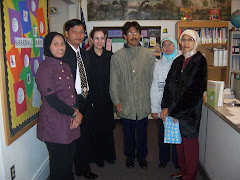



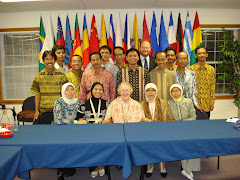

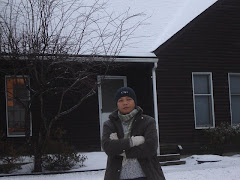
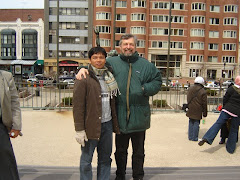
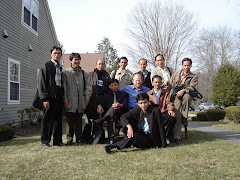




No comments:
Post a Comment